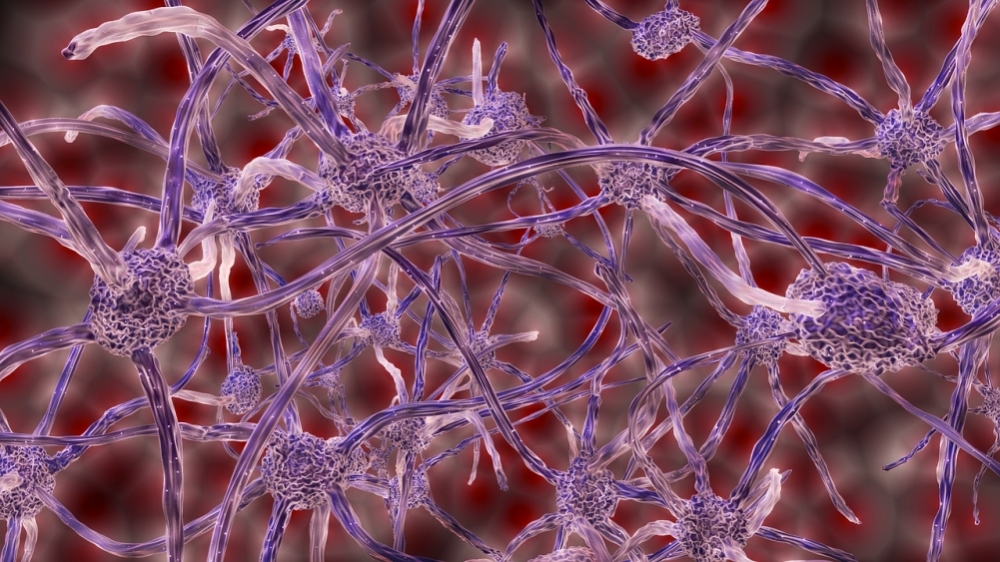

The discovery is reported by researchers at Harvard University and the University of São Paulo in Nature Neuroscience, and could serve as a basis for the development of treatments for different diseases (image: Pixabay)
The discovery is reported by researchers at Harvard University and the University of São Paulo in Nature Neuroscience, and could serve as a basis for the development of treatments for different diseases.
The discovery is reported by researchers at Harvard University and the University of São Paulo in Nature Neuroscience, and could serve as a basis for the development of treatments for different diseases.

The discovery is reported by researchers at Harvard University and the University of São Paulo in Nature Neuroscience, and could serve as a basis for the development of treatments for different diseases (image: Pixabay)
By Maria Fernanda Ziegler | Agência FAPESP – When bacteria of the species Bacillus anthracis meet a hostile environment, they develop spores rich in anthrax toxin, which in humans causes skin ulcers, gastrointestinal infection and respiratory problems, leading to death in a few hours. Thanks to this lethal potential, it has been used as a biological weapon for over a century.
Science may now have found a positive role for anthrax, however. An article published in Nature Neuroscience reports that researchers at Harvard University in the United States and the University of São Paulo (USP) in Brazil have discovered that a non-lethal component of the toxin has significant analgesic power, acting directly on pain-sensing neurons. Because it binds to a receptor in these neurons, the component can also be used as a carrier vehicle to deliver other pain-blocking substances into nerve cells.
“Anthrax wasn’t expected to have an analgesic effect by acting directly on pain-sensing neurons. This happens because one of the pain-related receptors in nerve cells has a high degree of affinity with the toxin. The idea now is to use this non-lethal part of the toxin and associate it with other substances to obtain a specific effect on neurons. In theory, it could be used as a carrier to transport active compounds into nerve cells, which are hard to reach,” said Thiago Mattar Cunha, a member of the Center for Research on Inflammatory Diseases (CRID) and a co-author of the article.
CRID is a Research, Innovation and Dissemination Center (RIDC) funded by FAPESP and hosted by the University of São Paulo’s Ribeirão Preto Medical School (FMRP-USP).
The experiments described in the article involved mouse models of chronic, neuropathic and inflammatory pain, as well as several different pathologies. “The expectation is that with more research it will be possible in future to produce a new type of painkiller containing the part of anthrax toxin that acts specifically on these neurons,” Cunha said. “Such a drug could be used to silence different kinds of pathological pain that don’t respond to existing medications.”
Non-lethal
The toxin present in the spores of B. anthracis comprises three proteins, known as edema factor, lethal factor, and protector antigen (PA). The PA binds to the receptor in cells to enable different toxins to penetrate them. The three proteins can also bind to each other in pairs. The PA itself has no biological effect, and the researchers combined it with edema factor, which is also non-lethal.
“In addition to our discovery that the PA binds to receptors in pain-sensing neurons, we found that when the PA and edema factor were associated and administered to mice intrathecally [directly into the spinal canal], the compound reached the dorsal root ganglia, which contain pain-sensing neurons, and we observed that this produced analgesia,” Cunha said.
Both the Harvard and FMRP-USP teams conducted several experiments to confirm these analgesic effects and demonstrate that the PA transported the toxin into the neurons. “We don’t yet know exactly how it all works, but pain blocking is probably involved. Sensory neurons in the spinal cord usually connect [forming synapses] to other neurons so that information about pain can be transmitted to the central nervous system. We found that the compound prevented such synapses from forming, thus silencing the pain,” he said.
In addition to this combination of the PA and edema factor, the researchers also performed experiments with other compounds. In one, they combined the PA with botulinum toxin produced by the bacterium Clostridium botulinum (known as Botox and used in medical and cosmetic procedures) to show that the PA delivered the toxin directly to pain-related nerve cells.
“This proves that PA can be used as a carrier of a wide array of substances, drugs and toxins to pain-sensing neurons, and potentially serves as a basis for future novel pain-silencing medications and pathologies,” Cunha said.
The article “Anthrax toxins regulate pain signaling and can deliver molecular cargoes into ANTXR2+ DRG sensory neurons” is at: www.nature.com/articles/s41593-021-00973-8.
Republish
The Agency FAPESP licenses news via Creative Commons (CC-BY-NC-ND) so that they can be republished free of charge and in a simple way by other digital or printed vehicles. Agência FAPESP must be credited as the source of the content being republished and the name of the reporter (if any) must be attributed. Using the HMTL button below allows compliance with these rules, detailed in Digital Republishing Policy FAPESP.





